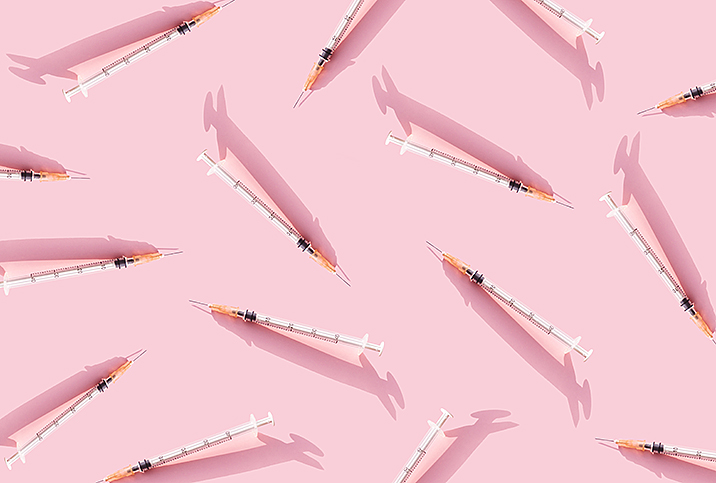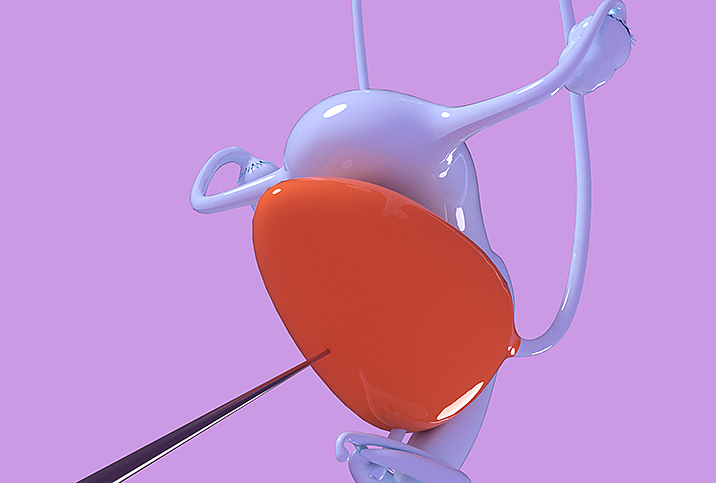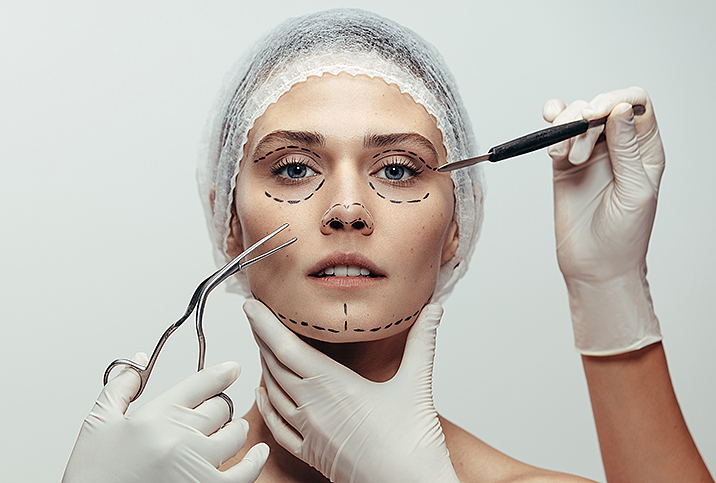Botox: A Guide for First-Timers

Between 2012 and 2017, the popularity of Botox (and similar injectables) rose by a whopping 40.6 percent. One and a half million injections were performed in the United States in 2017 alone, and not just to eliminate wrinkles, but to prevent them as well.
If you think you know the typical age range of people who get Botox injections, you're correct, because some people start young and others start (or continue) when they're older. Here are the age ranges for people who received Botox injections:
- 41.3 percent—between the ages of 35 and 50
- 33.1 percent—between the ages of 51 and 64
- 14 percent—between the ages of 19 and 34
Botox is sweeping the globe, but if you've decided to jump on the bandwagon, learn some important information before your first injection.
All about Botox
Botulinum toxin is a neurotoxic protein and a highly poisonous substance that comes in seven types, A to G. Botox—and other proprietary brands such as Dysport/Azzalure Xeomin/Bocouture and Jeuvea—is based on the type A toxin.
Botox injections have many diverse medical uses, including as effective treatments for such serious conditions as nerve spasms, hyperhidrosis, overactive bladder, muscle contractures and chronic migraines. Here, though, we'll focus on their more common use as a cosmetic treatment to reduce the appearance of wrinkles around the eyes (crow's feet), as well as to diminish frown and forehead lines.
Using a toxin called onabotulinumtoxinA, Botox blocks the brain's chemical messengers from reaching the surrounding muscles, thus temporarily rendering them immovable. If you can't frown, you can't get frown lines, and the ones you already have are masked.
Results typically last around three months, depending on your metabolism, the amount injected and other factors.
After injection, very mild pain and redness generally occur at the site of injection and fade quickly. Other possible side effects include: swelling at the site of the injection; droopy eyelids or asymmetrical eyebrows or smile; eye dryness or excessive tearing; and headache or flu-like symptoms. In some cases, more serious problems such as muscle weakness, vision issues, trouble breathing or swallowing, and the spread of toxin effects can occur.
Botox and similar products are not recommended for pregnant and breastfeeding women, or people allergic to cow's milk.
Considerations to make before treatment
Choose only a trained practitioner with glowing reviews and certification in Botox injections; specialist clinics are ideal. Referrals from trusted friends or family members can also be helpful.
You'll want to consider your injectable options. Just because Botox is the most common product doesn't necessarily mean it's the best one for you. Each brand has its pros and cons, so do your research. Additionally, be very clear with your provider beforehand about what you do and don't want. If you’ve never had injections before, it may be best to start with less and see how you like the results.
The injections are not terribly painful, but many people find them uncomfortable. Watching a video of the procedure beforehand is a good idea, so you don't run into any surprises on the big day. Some people like to partake in a consultation to make sure the provider is a good fit and to ask questions.
The procedure and what to expect after
Botox is injected with a very thin needle. The number of injections depends on what area you're having done, but typically there are about three injection sites for each eye, five for between the eyebrows and five across the forehead.
Bring a friend along to distract you if you're nervous. If you tend to feel faint easily, ask for an ice pack to put against your forehead or the back of your neck, and bring juice or a snack in case you feel woozy after the injections. If your provider offers topical numbing creams, they can help lessen discomfort during the procedure.
Gently apply ice to reduce any swelling or redness, although these effects typically don't last more than a few hours. Animate your treated muscles by smiling, raising and wiggling your eyebrows, and so on to help work the Botox into the flesh.
However, it is critical you do not rub or massage the area for several days. This could actually move the Botox around, and you will wind up with no effect or, worse, effects in places you don’t want them!
Other than that, though, you should be able to resume normal activities. Results generally kick in after about three days, though it can take up to a couple of weeks to see the full benefits. Limiting sun exposure will help the effects last longer. Follow-up injections are typically recommended every three to four months for maintenance.
















